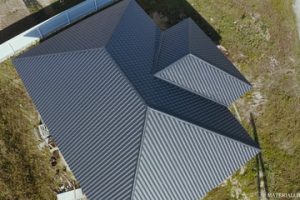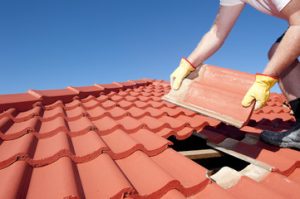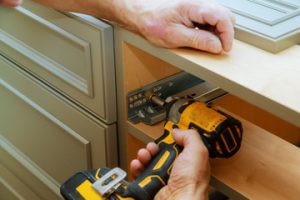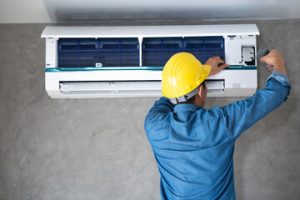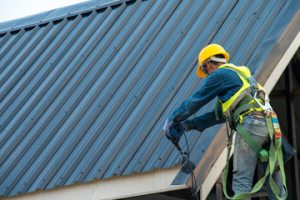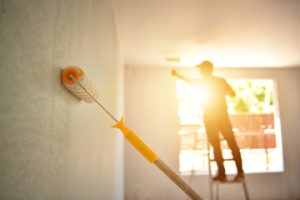From the smallest outbuilding to large hundred-acre factories, all structures need reliable electrical systems to function. This is where electrical contractors come in.
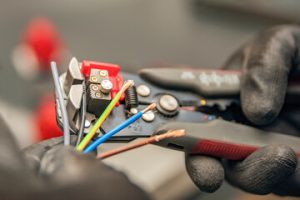
Electrical Contractors Jacksonville NC should regularly conduct first aid drills to help employees deal with accidents in the workplace. They also should ensure that they have a first aid kit on site and that employees know where to access it.
Electrical safety is a vital aspect of workplace safety, and training helps ensure that employees can avoid accidents. These types of incidents disrupt operations and can cost the business money and productivity. They also have a direct impact on employee well-being.
Electrical hazards can occur in a variety of industries, but some jobs carry a higher risk of injury than others. These include roles that involve working with electrical wires, lines, currents, and circuits. In addition, these occupations often require a high level of physical exertion.
For this reason, many of these employees need to take an introductory course that teaches them the basics of electrical safety. This can include topics like how electricity works, the six main types of potentially fatal electrical injuries, cord and power-tool safety, and other safe electricity-related work practices.
Workers who have a more specialized role in a job that involves electric-related hazards may need to complete additional training. This can include a comprehensive course on the lockout/tagout procedures that prevent unintended re-energizing during repairs. Workers who regularly handle or move heavy equipment can also benefit from this type of training.
In some cases, these courses are regulated by a professional body, such as the National Fire Protection Association (NFPA 70E). This means that they have to be completed in order to meet regulatory standards and ensure that workers can perform their roles safely.
In general, most employees should receive some form of electrical safety training at least once every two years. This training will help them identify and avoid the most common hazards, including arc faults, overheating, and shocks. Additionally, it can help them understand how to respond quickly and efficiently in the event of an accident. It is also a great way to keep the workforce up-to-date on any changes to the relevant regulations. This is important, because the Occupational Safety and Health Administration regularly updates its guidelines on electrical safety in the workplace.
First Aid Drills
First aid training is an essential part of any electrical contractor’s safety program. Employees who receive regular training in first aid and CPR stay alert and are more likely to react quickly when accidents occur on the job. This type of training also increases confidence levels and a sense of competence that can prevent workers from panicking in emergency situations.
Many countries have specific laws that dictate the type of first aid provision that employers must provide. Before deciding on a first aid plan, electrical contractors should evaluate their workplace’s specific risks and create a comprehensive risk assessment. This will help them determine what type of first aid kits and supplies are needed to deal with the most common injuries.
It’s also important for employees to know how to access the first aid kits and where they are located. The location should be clearly labeled and the employees should be regularly trained on first aid procedures so they are prepared in case an accident happens on the job site.
Another aspect of first aid is a defibrillator, which is a device that can restart a person’s heart. This device can be life-saving in some cases, so it’s a good idea for electrical contractors to train their employees on how to use a defibrillator.
For those who work with energized lines and equipment, there are regulations that require a certain number of trained people to be available in case of an electric shock or ventricular fibrillation. These conditions can render workers unconscious and can be fatal unless immediate medical attention is given. It’s also a good idea for electrical contractors to provide CPR and first aid training to their employees even though working with electricity is not as dangerous as it may seem in other places.
Defibrillator Training
Defibrillator training is essential for anyone working in an environment where there are electrical hazards. The training teaches employees how to use an Automated External Defibrillator or AED, which is a medical device that analyzes the heart rhythm and can deliver a controlled electric shock to patients who are experiencing cardiac arrest.
The device can recognize ventricular fibrillation and deliver an electric shock to restore the heart’s normal rhythm, which can help save a life until emergency medical services can arrive. Defibrillator training is usually included in first aid, cardiopulmonary resuscitation, or CPR training courses.
Electrical contractors should also provide their employees with defibrillator training so that they can respond to any emergency quickly. This type of training is especially important because a patient in cardiac arrest can die within minutes of losing consciousness, if the patient does not receive immediate medical attention.
In fact, studies show that a layperson can save four out of five people who suffer from sudden cardiac arrest. However, many people who go into cardiac arrest do not survive because of response times. This is why it is so important for everyone to learn how to operate an AED. This course focuses on hands-on AED operation and also provides essential CPR training, which is an important part of the chain of survival. Participants will leave the course feeling confident that they can act in a crisis and be a vital part of a team’s lifesaving efforts.
Fire Alarm Training
A fire alarm system is an essential safety measure for many buildings. However, it’s only as effective as its installation and maintenance. This is why it’s important to use a Registered Fire Alarm Contractor (RFAC) who has the proper certification and training. RFACs follow a rigorous set of standards, which ensures that your building’s fire safety systems perform to the highest level and meet all code requirements.
The first step in installing a fire alarm system is to consult your local code book and understand what is needed. This includes the number of detectors and pull stations, a central station, and more. You’ll also want to discuss what kind of reporting and communication method will be best for your facility. A cellular communicator is typically the best option, as it eliminates the need for hardwired phone lines and saves on ongoing monthly service fees.
Next, you need to find an electrical contractor that has extensive experience in fire alarm installation. The best way to do this is to ask your NICET-certified electrician for references from previous clients who have had work done by the company. You can also check the National Fire Protection Association’s online database to find a certified fire safety installer in your area.
Once you’ve found a qualified fire alarm professional, it’s time to begin planning for the installation. The NFPA recommends that the specialty systems team foreman take product training to ensure that they can handle any issues that may arise during installation. They should also coordinate with other tradespeople on site to make sure that all of the other systems will effortlessly integrate with the fire alarm system once it’s up and running.
In a conventional fire alarm system, the devices used to send signals to the control panel are all interconnected. This type of fire detection system is ideal for large facilities because it ensures that the fire department can locate all areas at risk. The control panel is the heart of the system and contains the sensors, initiating devices, and notification devices. The sensors and alarm devices are connected to the panel and activate when smoke, heat, or carbon monoxide are detected.
